The Lever Model for Freelancer Growth
Our culture demands growth. You as a person must always continue to develop ourselves. And our economic culture demands that your business grows.
Of course, there are no "musts". You can grow. But it's important to realize that it's entirely up to you.
First, there is the distinction between the Freelancer and the Entrepreneur (about which I've written quite a lengthy piece before). Entrepreneurs don't do the work themselves but build organizations that create standard products or services. For the Entrepreneur, growth can make a lot of sense because he gets paid off the margin of his company's product.
A Freelancer, however, gets paid when she works. Paid for her expertise, taste, and skillset. Paid a premium for custom work. You are your brand.
Both paths are great. Choose what fits your skills, what you get your kicks from and what fits the value you wish to create.
So to start off, if you're a freelancer, you don't have to grow. You can make a great living as a freelancer working solo. It's the simplest model: Get enough great clients where you can create enough value per hour's work, and you can get paid handsomely.
But there are perfectly fine reasons to grow. To make more impact, the camaraderie of a team, to enable bigger projects, to gain more creative control with a team under one umbrella, more depth in the research, etc.
But, when you decide to grow, realize: A) It may not dilute your brand (otherwise you can better be an Entrepreneur). And B) there are two paths and depending on your specific discipline, one works best.
In both paths, you can hire for organizational support and junior tasks (or adjacent disciplines). But the key question is: Does hiring people improve the work?
In some disciplines, the simpler tasks have much less required taste in them. In others, you basically have to teach a junior to become a copy of yourself.
In both cases, the hourly rates need to be high enough that you can hire quality people. For some disciplines, the hourly rate or size of the project that clients are accustomed to make it easier to do than others.
Path 1: The Creative Agency
For disciplines that fit this path, there's a clear distinction between a vision phase and an execution phase, and you get hired to be the visionary. Or, the product is a mix between different skill sets that requires having multiple specialists. In both cases, the work becomes better with extra help in the execution.
You grow wider. You hire juniors to execute what you think up. You hire seniors to run projects almost independently of you. You hire a bunch of designers, researchers or data analysts to improve your product.
Consultant and architecture firms often work like this. The outline of a project is designed by the partners, and the juniors build the model, collect the data and draw the building plans.
Or you develop an internal playbook. A way of working. A creative way to get to solutions or creative output. You move a bit towards becoming an entrepreneur, but you then still run a freelance business model. With such a 'playbook', the people become more interchangeable and thus your brand become more a curator or stamp of approval. You see this in communication/online marketing firms or larger training bureaus.
When Path 1 doesn't work
For designers, facilitators and movie producers, to go path 1, you need to train juniors to become as good as you in parts of the work. The execution still requires a certain taste and skill level. That's hard.
There are many design decisions to be made in the last stretches, your junior can't train the group as well as you, and the movie is made in the edit.
Now you've added two more jobs to your plate: being a teacher and manager. And you've increased your need to sell projects. All the while, still needing to design.
Your work starts at 5pm. A lot of work and often a lot of stress.
Plus, even after all the teaching, the work is still not as good as when you'd done it yourself. If it weren't, the employee was better of going solo himself.
That's why - even when there are design agencies of training bureaus - the value proposition is always less edgy or less remarkable. The non-founders offer generic designs or trainings. For some clients that can be good enough. But don't let your brand go down the drain.
Path 2: The Lever
A better growth path is not to grow wider, but more focused.
You outsource/hire for overhead functions. Less time and attention spent on bookkeeping and general marketing. And you hire/outsource for project managers and assistants for every part of the work that's repetitive and can be explained.
Your main work is creative vision and product development. Thus, every hire you make is meant to increase the amount of time you spend on creative work and increase the part of that work that's high-value.
Everyone who works at your company is there to leverage your main creative skill.
Perhaps it puts a harder limit on your growth. But it's a much calmer place to work from.
This was one important take away from my conversation with Lotte de Jong on De Gebakken Peren. She shared that growing her company and finding herself did not make her happy with her work. She decided to drastically change her ways. Going back to 0 employees. We talked about this and how she currently is reshaping her company.
